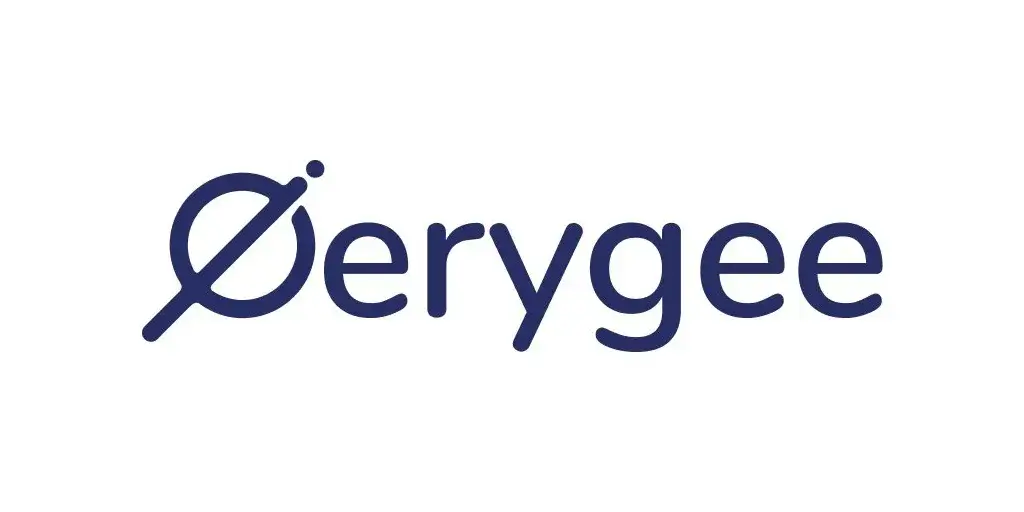Ready to launch your own podcast? Book a strategy call.
Frontlines.io | Where B2B Founders Talk GTM.
Strategic Communications Advisory For Visionary Founders
Conversation
Highlights
The Art of Category Creation: Hard-Won Lessons From a Three-Time Category Creator
The .com bubble didn’t just reshape the tech industry – it forged category creators. In a recent episode of Category Visionaries, Eric Olden, CEO and Founder of Strata Identity, shared how navigating that era’s epic rise and fall shaped his approach to building new market categories.
The Early Days: Finding Substance Amid the Sizzle
In 1995, while still a student at Berkeley, Eric and his best friend from high school spotted a critical gap in the emerging internet landscape: security. “We realized that it would be security. And we felt that at that time, in the mid nineties, there was this period where it didn’t last long, but everyone said, oh, the Internet’s just for academic. You’re not going to use it for commercial purposes,” Eric recalls.
While others chased trendy but ultimately doomed ideas like Pets.com and Webvan, Eric’s company Securant focused on Fortune 500 enterprises – a decision that would prove crucial when the bubble burst. “What we’re finding at that time was how to sift out the bad ideas and find the ones that were substantial,” he explains.
This lesson in prioritizing substance over hype continues to influence Eric’s approach today, particularly as AI generates similar market enthusiasm: “Now we go into the modern technology landscape and the new hotness is AI… people are now just saying whatever the business problem may be, and they’re going to throw some AI onto it, as if that somehow makes it a good thing, and it doesn’t.”
The Category Creation Playbook
Through creating multiple categories in the identity space, Eric has developed a systematic approach to category creation that starts with extensive customer development. For Strata, this meant spending almost a year interviewing potential customers before writing any code.
“Get your hypothesis as vetted and validated as you can and document it,” Eric advises. “Through those notes of customer development, that’s when you can start to find what you’re going to build, the solution to the problem.”
He introduced the concept of the “dirty dozen” – getting the first twelve customers right. “The reason it’s dirty is that you’re dealing with customers that are really unclear about what they want because they’ve never seen this before,” he explains. The goal isn’t to please all twelve, but to find the six to eight who “have the same problem and they’re all happy with the same solution.”
The Content Strategy Behind Category Creation
For establishing identity orchestration as a category, Eric took an SEO-driven approach with a twist. “The long play that I would recommend to every Founder is to get your content search engine optimized,” he shares. But there’s a catch – in 2019, no one was searching for “identity orchestration.” Instead, they were searching for specific problems.
Eric wrote extensive blog content addressing these problems, like how to use both Okta and Azure active directory together. This long-term investment in problem-focused content has paid off: “Now when you do a search for identity orchestration, you’re going to find my company, Strata, at the top of the list. And we don’t pay Google for that.”
The Analyst Relations Imperative
Despite common founder skepticism about analyst relations, Eric considers it crucial: “Analysts and the media relations, I think are one of the most under invested in things that I think founders should look at prioritizing.” His advice? “If it’s not in the top five things that you’re doing from a marketing standpoint, it really should be, I would say top three.”
2024: The Year of Focus
For category creators in 2024, Eric emphasizes the importance of narrowing focus while expanding product capabilities: “The product expands, but our message contracts. And so I like to think about it as market the vision and sell the product.”
This approach allows companies to “attach to a budget they have to solving that problem” – making it easier to convert interest into actual sales. It’s about finding that sweet spot where, as Eric puts it, “We’ve really oriented our go to market message around a very concrete, tangible set of value propositions, solving very tactical things.”
Actionable
Takeaways
Leverage Historical Lessons for Modern Innovation:
Eric's reflection on the dot-com bubble emphasizes the importance of distinguishing substantial solutions from fleeting trends. For today's founders, it’s vital to focus on solving real, significant problems rather than chasing the latest tech buzzwords. This approach ensures longevity and relevance in your solutions.
Prioritize Problem-Solution Fit Before Product Development:
Before diving into product development, invest time in identifying and understanding the core problems your target market faces. This strategic focus on problem-solution fit, rather than rushing to product-market fit, can guide more effective and relevant product development efforts.
Embrace Analyst and Media Relations Early:
Establishing relationships with analysts and media within your industry niche can significantly impact category creation and product adoption. Early investment in these relationships can amplify your message, lend credibility to your brand, and position you as a thought leader in your category.
Content Creation as a Category Building Tool:
High-quality, SEO-optimized content that addresses your audience's problems and questions can establish your authority and expertise in a new category. Over time, this strategy not only attracts potential customers but also educates the market about the category you're creating, laying the foundation for broader adoption.
Utilize Customer Feedback for Product Refinement:
Engage early adopters in deep conversations about their experiences and challenges with your product. This feedback is invaluable for refining your offering and ensuring it effectively addresses the needs and priorities of your target market, thereby solidifying your position in the newly created category.






























































































